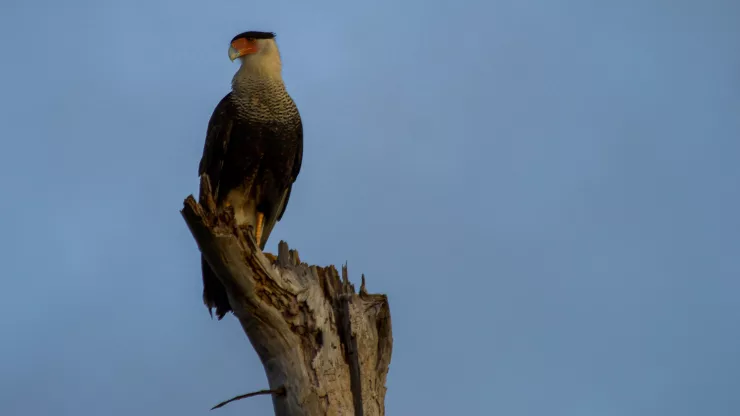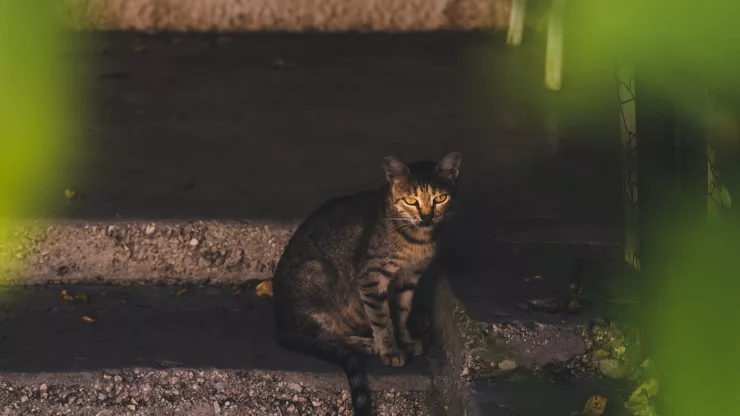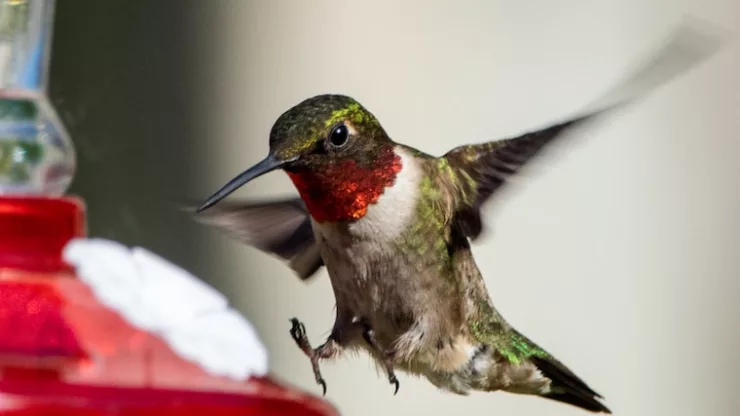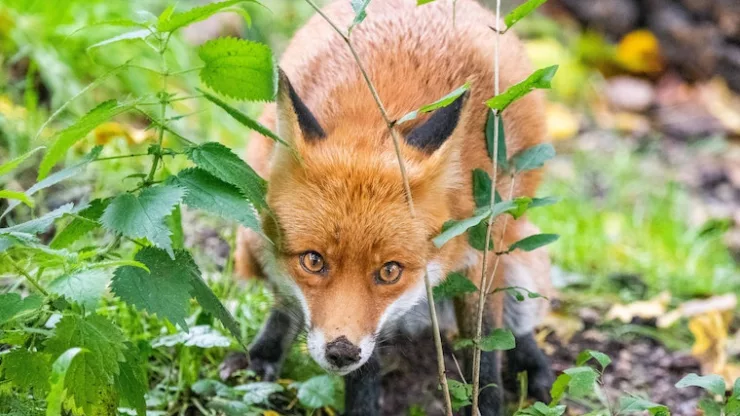Peregrine Falcons: The Ultimate Urban Hunters!
When we think of wildlife in cities, we often imagine pigeons, squirrels, and rats.
But did you know that some of the world’s most skilled hunters also thrive in urban environments?
Peregrine falcons, known for their incredible speed and agility, have adapted to life in the city and become the ultimate urban hunters.
Jump to Section
Introduction
What are Peregrine Falcons?
Peregrine falcons are medium-sized birds of prey found throughout the world.
They are known for their incredible speed, which can reach up to 240 mph in a dive, making them the fastest animal on the planet.
They are also known for their distinctive facial markings, which resemble a helmet.
Why are they considered the ultimate urban hunters?
Peregrine falcons have adapted to urban environments by using tall buildings and bridges as nesting sites.
They are also able to catch prey such as pigeons, starlings, and other birds that are abundant in cities.
With their incredible speed and agility, they are able to navigate through urban landscapes with ease and catch their prey in mid-air.
Habitat and Distribution
Where do Peregrine Falcons live?
Peregrine falcons can be found throughout the world, except for Antarctica.
They typically inhabit cliffs and other high places, but in urban areas, they have adapted to using tall buildings and bridges as nesting sites.
How have they adapted to urban environments?
Peregrine falcons have adapted to urban environments by nesting on tall buildings and bridges.
They are also able to catch prey such as pigeons and starlings, which are abundant in cities.
They have even been known to catch bats and insects in flight.
Physical Characteristics
What makes Peregrine Falcons unique?
Peregrine falcons are known for their incredible speed and agility, which enables them to catch prey in mid-air.
They also have distinctive facial markings, including a black "moustache" and a white "eyebrow."
How do they compare to other falcons?
Peregrine falcons are larger than most other falcons, with a wingspan of up to 47 inches.
They are also faster and more agile than most other falcons, which makes them the ultimate predator.
Hunting Techniques
What are their hunting strategies?
Peregrine falcons use a variety of hunting strategies, including high-speed dives and chasing prey in mid-air.
They are also able to use tall buildings as hunting perches, from which they can spot prey and dive down to catch them.
How do they capture their prey?
Peregrine falcons are able to catch their prey in mid-air, using their incredible speed and agility to chase them down.
They use their talons to grasp onto their prey and then kill them with a quick bite to the neck.
Prey and Diet
What do Peregrine Falcons eat?
Peregrine falcons primarily eat other birds, including pigeons, starlings, and other small birds. They have also been known to eat bats and insects.
How do they obtain their food in urban areas?
In urban areas, Peregrine falcons are able to catch prey such as pigeons and starlings, which are abundant in cities.
They are also able to use tall buildings as hunting perches, from which they can spot prey and dive down to catch them.
Threats and Conservation Efforts
What are the threats to Peregrine Falcons?
Peregrine falcons face a number of threats, including habitat loss, pollution, and pesticides.
They were also heavily persecuted in the past, which led to a significant decline in their population.
What are the conservation efforts to protect them?
Conservation efforts to protect Peregrine falcons have been successful in many areas.
These efforts include protecting nesting sites, monitoring populations, and banning the use of harmful pesticides.
As a result, Peregrine falcon populations have rebounded in many areas.
Peregrine Falcons and Urban Ecosystems
Peregrine falcons play an important role in urban ecosystems by controlling the populations of other birds.
They are also a symbol of the resilience of nature, as they have adapted to life in the city and thrived despite the challenges they face.
FAQ
What is the lifespan of a Peregrine Falcon?
Peregrine falcons can live up to 15 years in the wild.
Are Peregrine Falcons endangered?
Peregrine falcons are no longer considered endangered, but they are still protected under the Migratory Bird Treaty Act in the United States.
Can Peregrine Falcons be kept as pets?
No, it is illegal to keep Peregrine falcons as pets. They are protected under the law and can only be kept by licensed falconers for hunting purposes.
I’m a nature enthusiast and creator of Metro Wilds and have spent years exploring the great outdoors.
With a passion for environmental conservation and sustainability, I have dedicated my career to writing about the beauty and wonders of nature, as well as the threats facing our planet.
Contact me at [email protected] for assistance.





